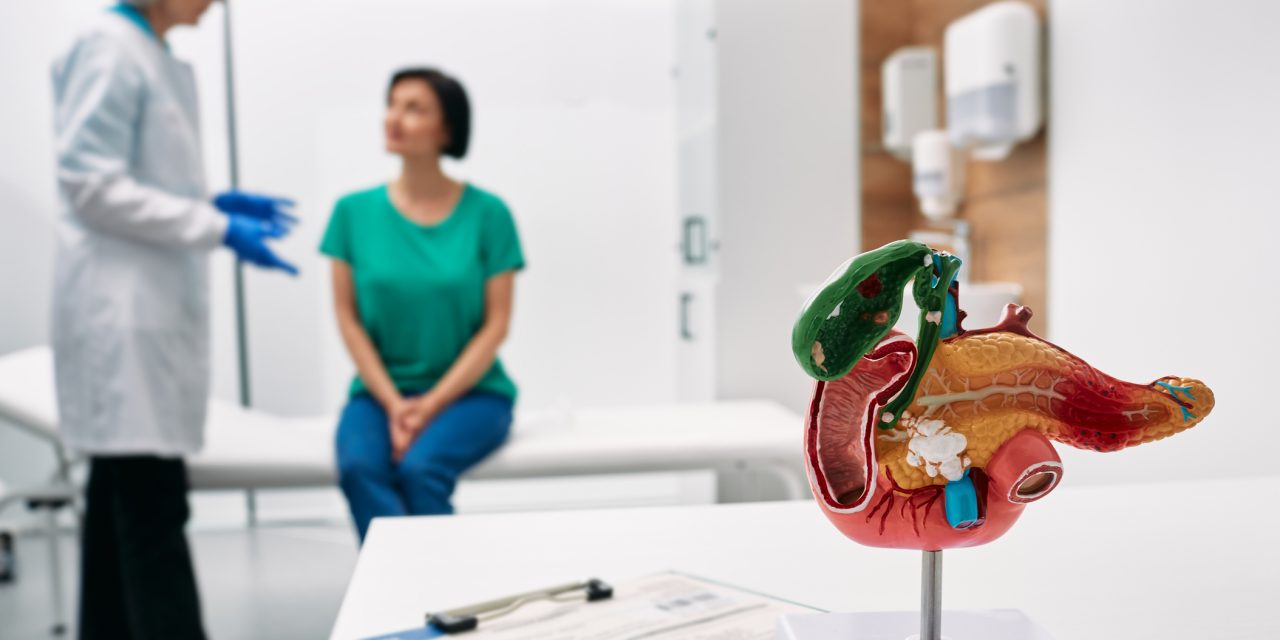Panaxynol (PAL, PubChem CID: 5281149) is a common natural minor component in Umbelliferae plants, such as Radix Saposhnikoviae Divaricatae. Modern pharmacology studies show that PAL has nutritional value and anti-inflammatory and other pharmaceutical activities. Therefore, the scientific hypothesis of PAL in the treatment of rheumatoid arthritis was put forward, and the hypothesis was further verified by Fibroblast-like synovial cells (RA-FLS) and Collagen Induced Arthritis (CIA) rats models.
CIA method was used to establish a rat arthritis model. After extracting RA-FLS, flow cytometry and immunofluorescence were used to explore the effect of PAL on the apoptosis and proliferation of RA-FLS. Wound healing and transwell experiment explored the effect of PAL on the migration and invasion of RA-FLS. Western blot analysis explored the inner mechanism of the effect of PAL on RA-FLS. At the same time, it also explored the role of PAL in CIA rats, including pathological section detection and western blot analysis.
PAL can promote the apoptosis and inhibit the proliferation, migration and invasion of RA-FLS. PAL can also reduce joint swelling in CIA rats, reduce pannus formation and inflammatory infiltration in the joints. Western blot analysis showed that PAL mainly played a role through the TLR4/NF-κB signaling pathway.
The results of in vivo and in vitro experiments show that PAL can effectively alleviate the condition of RA, and may be a potential drug for the treatment of RA.
Copyright © 2021. Published by Elsevier B.V.
Panaxynol induces fibroblast-like synovial cell apoptosis, inhibits proliferation and invasion through TLR4/NF-κB pathway to alleviate rheumatoid arthritis.


